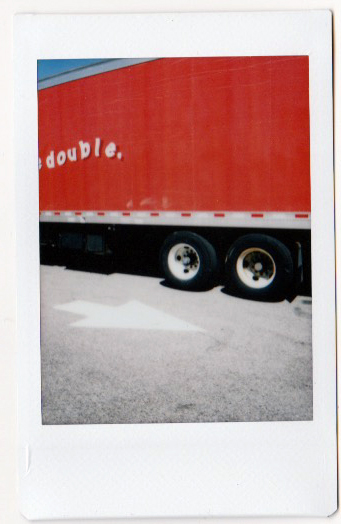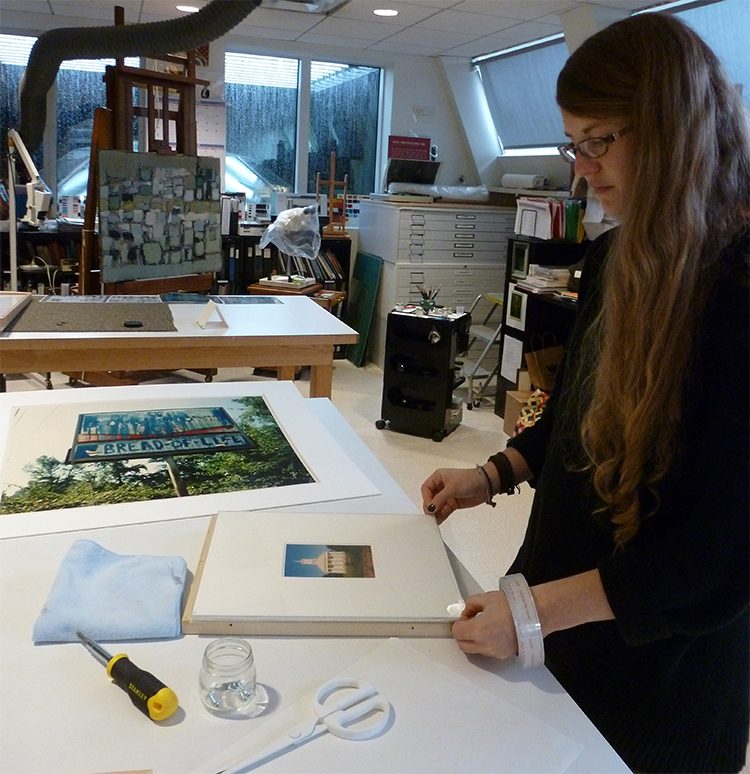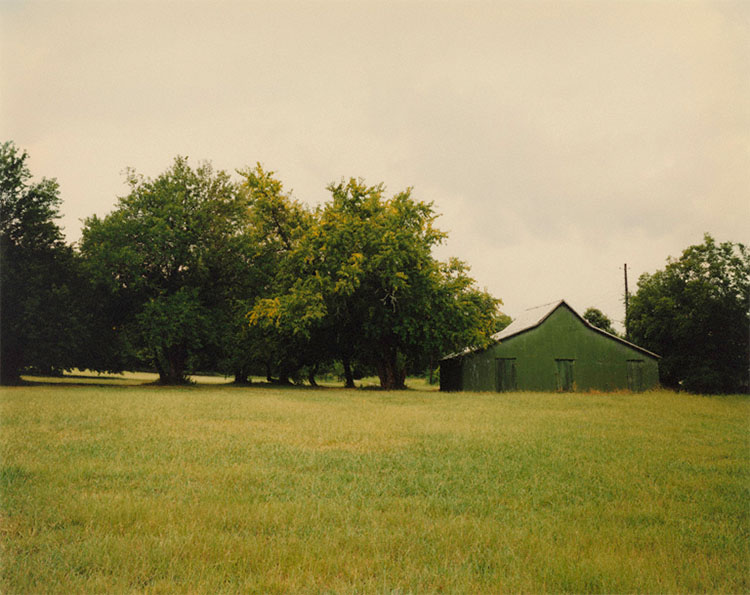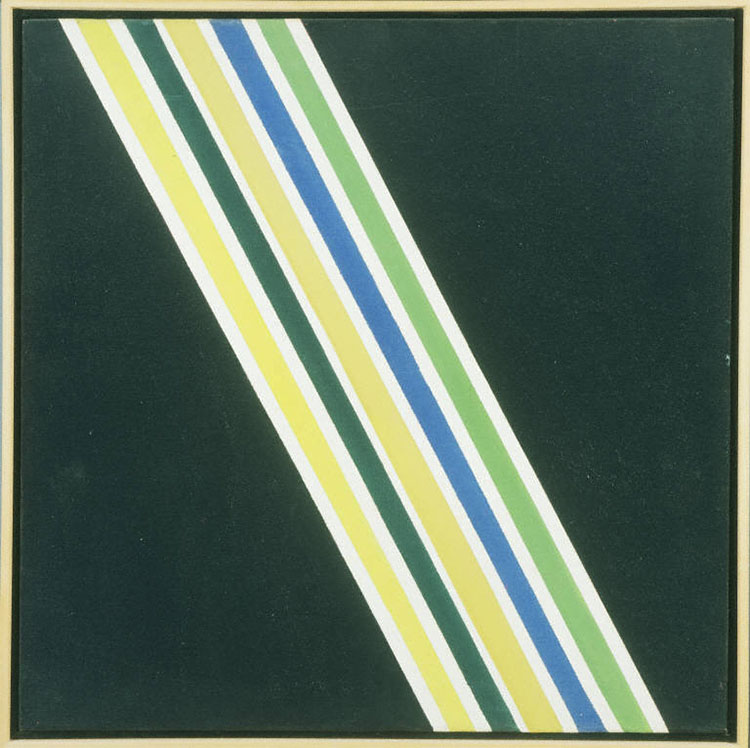In this series, Manager of Visitor and Family Engagement Emily Bray highlights participants in the 2017 James McLaughlin Memorial Staff Show, on view through September 17, 2017.

Emily Rader, Double Take

Emily Rader
What do you do at The Phillips Collection? Are there any unique or interesting parts about your job that most people might not know about?
I’m a Museum Assistant. When I first got the job, I was told it was 80% museum guard, 20% docent. This job requires spending your typical workday (8 hours) guarding a particular gallery space. It’s one of the best jobs any person in the arts can get coming out of college. You get a worm’s eye view of how art viewing works. You learn the audience’s knowledge levels, entry point to art, behavior patterns, values; and also, the way art is and behaves when it is placed outside of the studio and the history books.
Who is your favorite artist in the collection?
Honoré Daumier, Raoul Dufy, Joan Mitchell, William Christenberry, and Sarah Baker.
What is your favorite space within The Phillips Collection?
The Laib Wax Room is one of my favorite permanent installations, but I always look forward to seeing how the collection is rehung to see what “conversations” the works might have.
What would you like people to know about your artwork on view in the 2017 Staff Show (or your work in general)?
Instant film cameras typically produce a single, one-off image, unlike most photographic processes; there is no difference between taking the picture and producing the print. Instant photography presents an interesting challenge. The closest relative of this variety of camera is the pinhole camera. These cameras lack the control methods that many photographers are used to. The instant camera, and the pinhole camera, require a much greater attention to light, movement, and composition.
Artist’s statement:
Engagement is very important to Art, after all, Art does not exist without being framed and acknowledged as such by the Viewer. Titles are very important to my work as they give the Viewer an entrance to the work, something they can grasp. This isn’t to say the title should tell the Viewer everything, but it should give the Viewer the ability to meet the Artist halfway. The other aspects of Art can also be read in a similar way to the title, and provide a similar entryway or conversation between. Art is not only communication or dialogue with the Artist but also the time it was created in, and the contemporary Viewer.
The 2017 James McLaughlin Memorial Staff Show is on view August 3 through September 17, 2017.




